
Leaf Worksheet Forest school activities, Nature school, Homeschool
It helps in the movement of water vapors. 2. Veins. Leaf veins are divided into two parts: the main/ central vein and the side veins. It helps in transporting water and nutrients throughout the leaf. a. The main vein or the midrib: The main vein is like the backbone of the smaller vein to transport important nutrients from leaves to different.

How to Draw a Leaf Parts of a leaf with labels Diagram YouTube
Help your learners identify the various parts of a leaf with this handy activity. It includes a labelled poster, which could also be displayed on your classroom wall. Students use this to label their own blank leaf diagram. Show more.

Parts Of A Leaf Worksheet Printable Worksheets and Activities for
Leaf Diagram & Parts of a Leaf Labeling Activity Your student will look at a leaf and label a leaf. After your student completes the worksheet, you could have her label a real leaf, too. Leaf Pigments Worksheet Student can color the leaves and write about each pigment found in leaves. Photosynthesis Diagram and Activity Page

Kids Connection Fun with Science Why Do Leaves Change Colors? NBC
Leaves are the main sites for photosynthesis: the process by which plants synthesize food. Most leaves are usually green, due to the presence of chlorophyll in the leaf cells. However, some leaves may have different colors, caused by other plant pigments that mask the green chlorophyll. The thickness, shape, and size of leaves are adapted to.
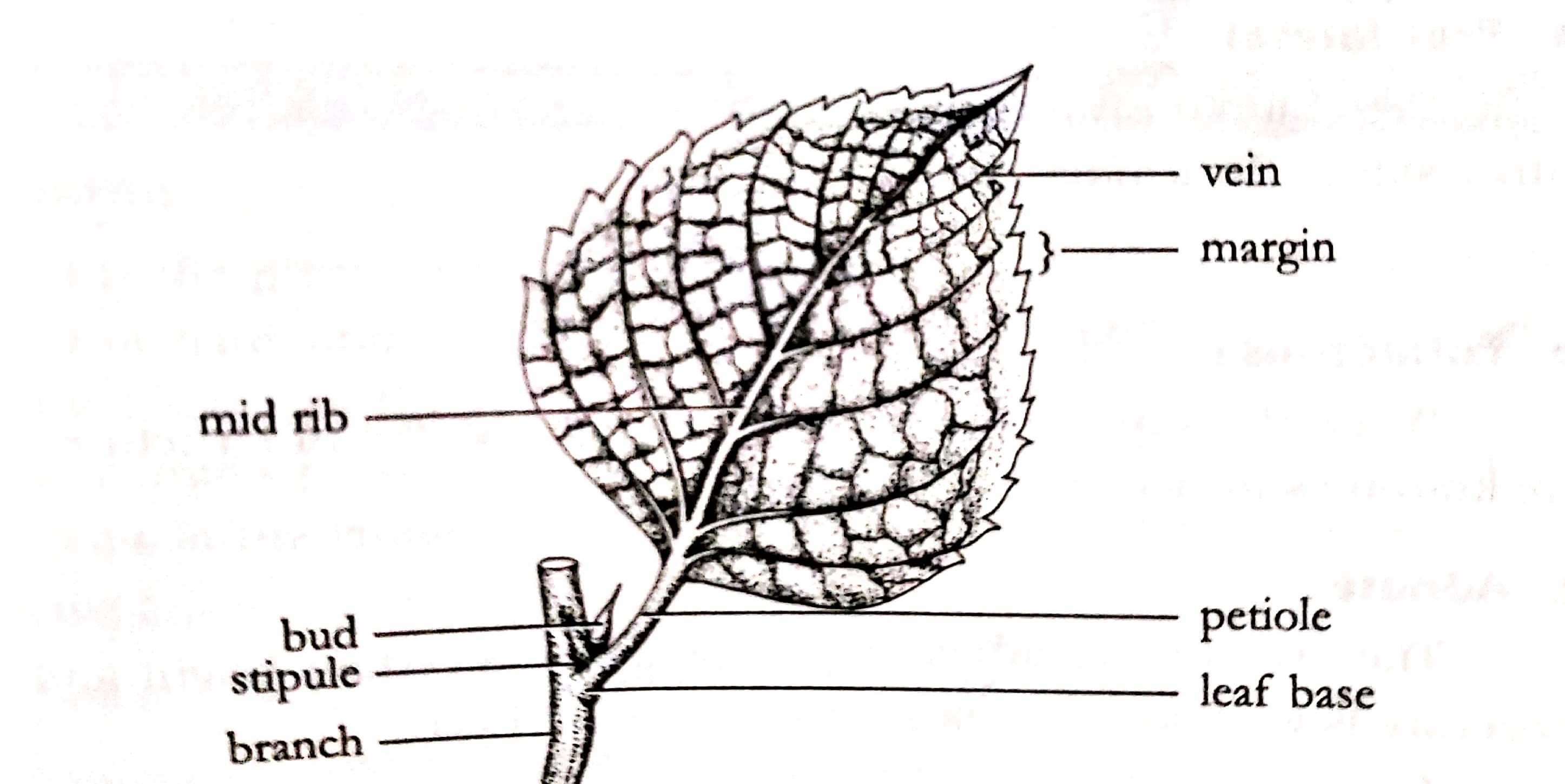
A typical plant leaf (Different parts and types) Online Science Notes
Directions: 1. Discuss and point to the parts of a real leaf. 2. Have child color page, cut, glue, and label their leaf. The printable comes in two levels; the first level has numbers (as pictured) so kids can match the numbers to label their leaf.

Root, Stem and Leaf Class 6, Getting to know Plants Toddler Learning
Label the leaf Quiz Key points The leaf is one of the most important organs of a plant. Leaves produce food for the plant through a process called photosynthesis. The leaves of different.
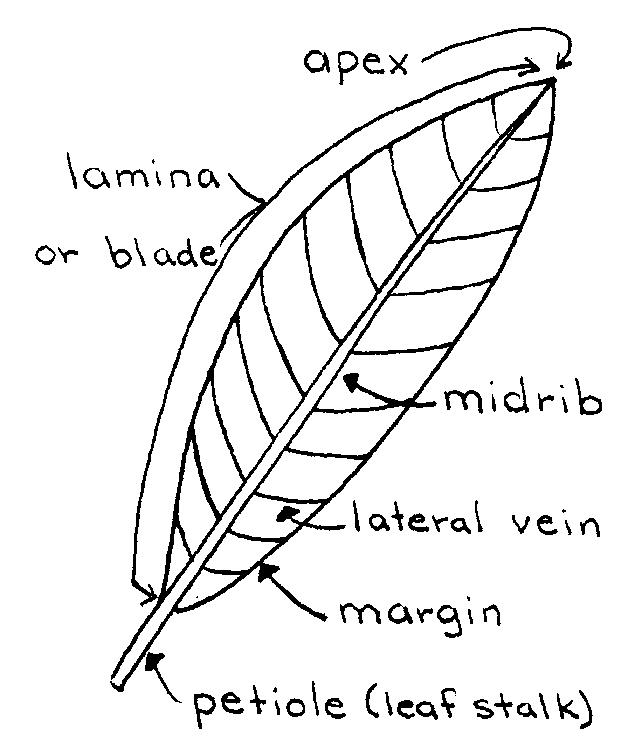
32 Leaf With Label Labels Design Ideas 2020
Like the stem, the leaf contains vascular bundles composed of xylem and phloem (Figure 3.4.2.6 − 7 3.4.2. 6 − 7 ). When a typical stem vascular bundle (which has xylem internal to the phloem) enters the leaf, xylem usually faces upwards, whereas phloem faces downwards. The conducting cells of the xylem (tracheids and vessel elements.

Biology, Plant Structure and Function, Plant Form and Physiology
Free printable parts of a leaf labeled diagram and worksheet! Parts Of A Leaf Activities Leaves and Botany Different Shapes of Leaves More Leaf and Plant Activities For Kids Printable Parts of a Leaf Pack Explore Leaf Parts For Fall or Spring Leaves are fun to incorporate into science and art lessons each fall (or spring), or any time of the year.
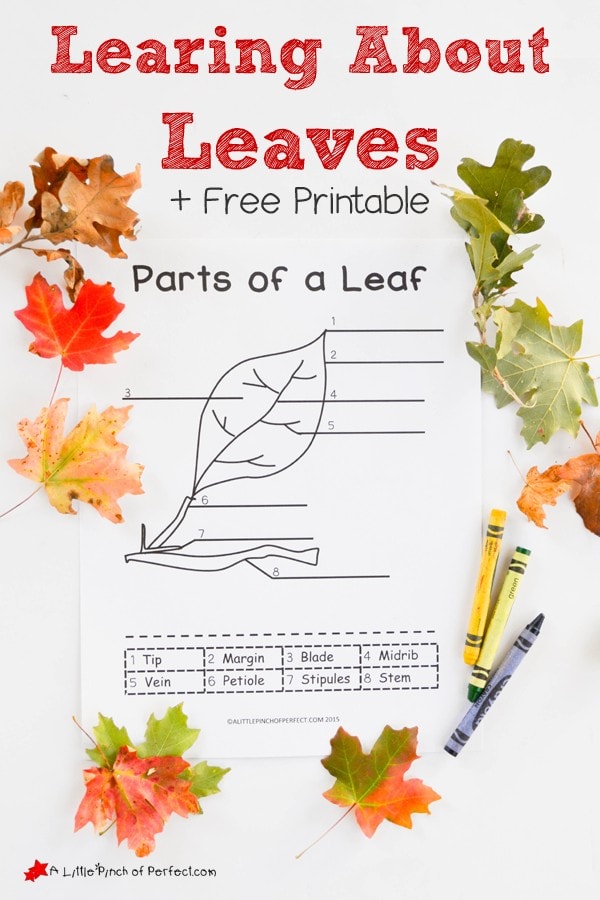
Learning About Leaves Explore, Color, and Label Free Printable for
Leaf Parts. Leaves are generally composed of a few main parts: the blade and the petiole. Figure 13.1.2 13.1. 2: A leaf is usually composed of a blade and a petiole. The blade is most frequently the flat, photosynthetic part. The petiole is a stem that attaches the leaf blade to the main stem of the plant.
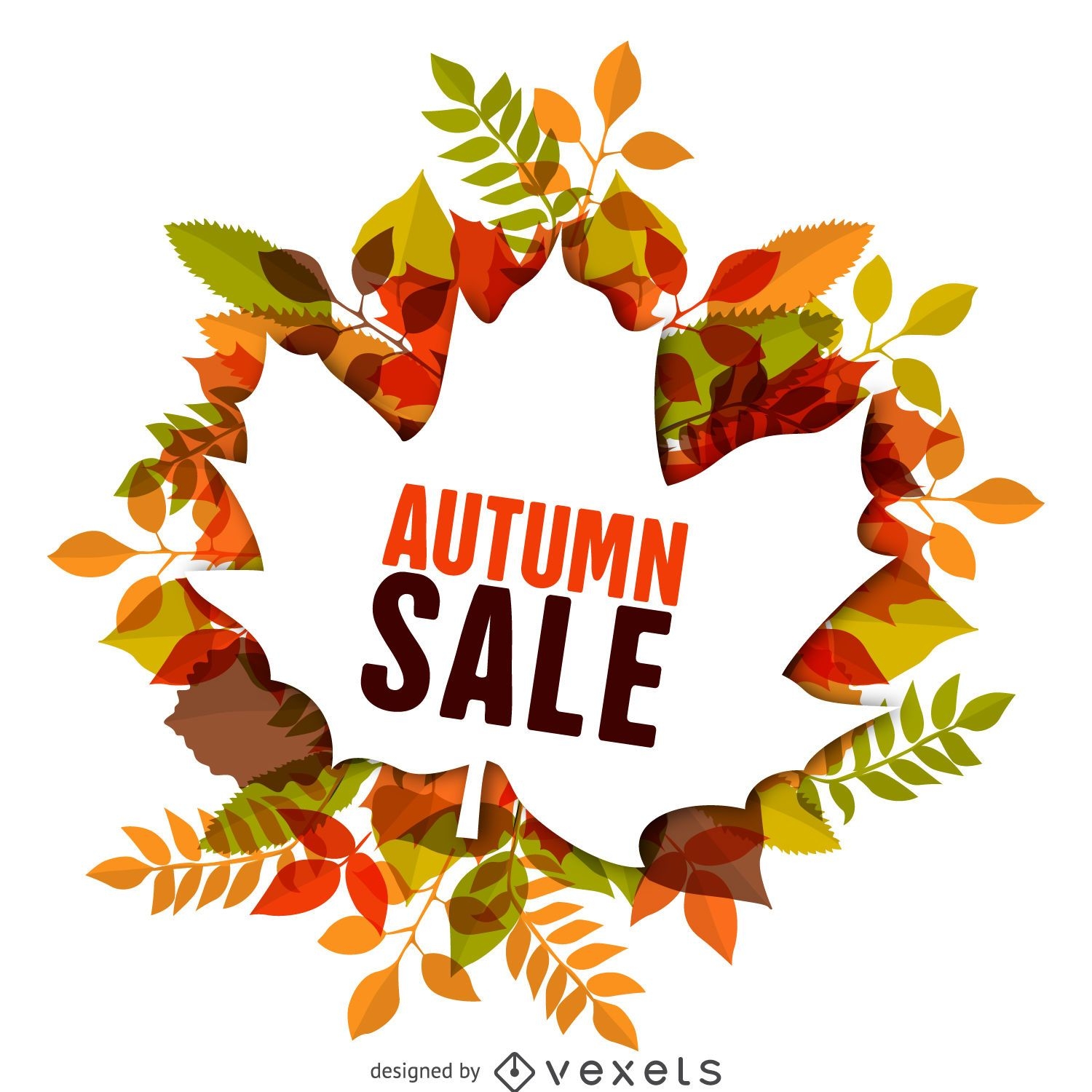
Autumn Sale Label With Leaves Vector Download
Treehugger / Hilary Allison All tree leaves exhibit margins—the blade-like edges of the leaves—that are either serrated or smooth. Leaf margins can be finely classified based on at least a.

Small leaves label vector Free vector in Encapsulated PostScript eps
Figure 9.3. 2: Cross section of a hydrophytic leaf. Observe a prepared slide of a hydrophyte, such as Nymphaea, commonly called a water lily. Note the thin epidermal layer and the absence of stomata in the lower epidermis. In the spongy mesophyll, there are large pockets where air can be trapped.
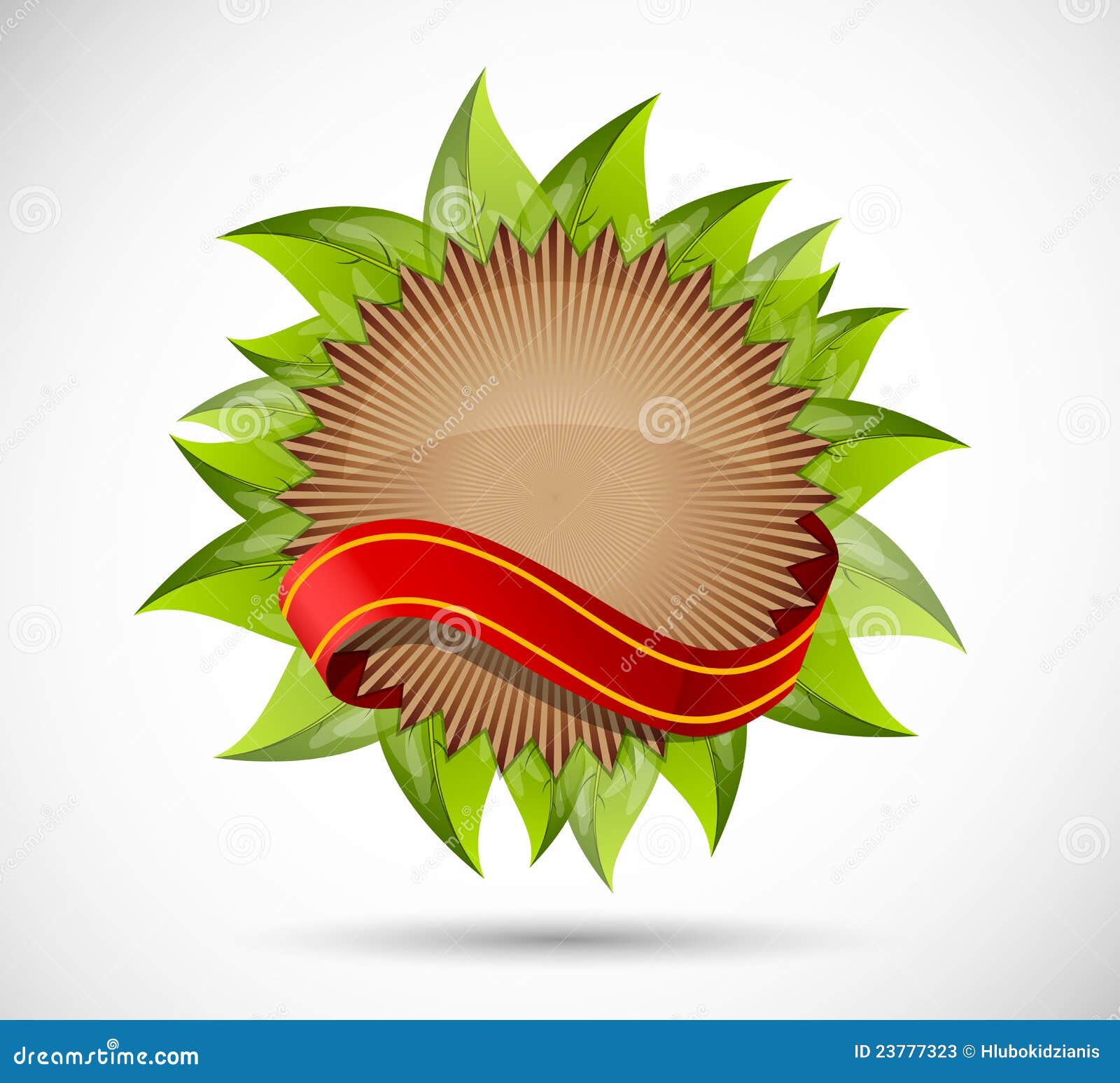
Label with leaves stock vector. Illustration of background 23777323
A leaf is a plant organ that is flat, thin and usually green in color. It is mostly found above the ground and remains attached to the stem. The presence of pigment 'chlorophyll' makes the leaf green in color that helps to prepare food in plants through photosynthesis. Collectively, green leaves are called foliage.

Leaf Labelled Stock Photo Download Image Now iStock
Leaf Theme Page Leaf Function: Leaves are the powerhouse of plants. In most plants, leaves are the major site of food production for the plant. Structures within a leaf convert the energy in sunlight into chemical energy that the plant can use as food.

Leaves Greetings Card Leaf Identification Chart Plant Etsy Tree
The midrib contains the main vein (primary vein) of the leaf as well as supportive ground tissue (collenchyma or sclerenchyma). Figure 3.4.1. 1: A typical eudicot leaf. Many leaves consist of a stalk-like petiole and a wide, flat blade (lamina). The midrib extends from the petiole to the leaf tip and contains the main vein.
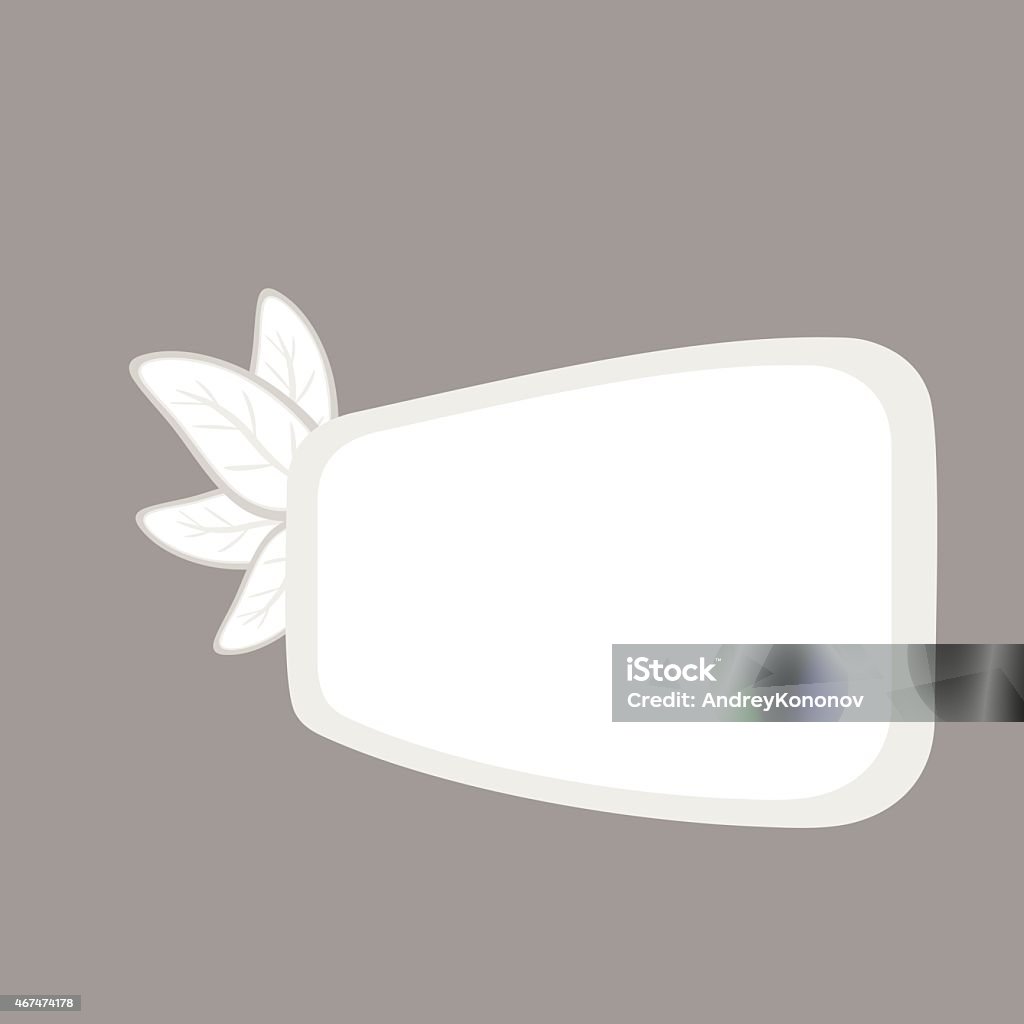
Label Leaves Stock Illustration Download Image Now 2015, Advice
Leaves are the site of photosynthesis in plants. Plant leaves help to sustain life on earth as they generate food for both plant and animal life. The leaf is the site of photosynthesis in plants. Photosynthesis is the process of absorbing energy from sunlight and using it to produce food in the form of sugars. Leaves make it possible for plants.

Label with leaves stock vector. Illustration of packaging 42536575
Leaf morphology. Leaves come in a wide variety of sizes and forms across vascular plants, from the scale leaves of some conifers to enormous, broad leaves of some flowering plants (like Coccoloba gigantifolia, shown here) to the highly divided leaves of the tree fern Cyathea (see here).The stereotypical leaf consists of a wide, flat, green blade or lamina attached to the stem by a stalk called.